Building A Betta Community

The term “community tank” can be somewhat confusing. I mean, any group of fish could be a community, right? Well, yes, but in freshwater aquarium keeping, “community” has a slightly more specific meaning. In the most general terms, it means many different species of fish that can peacefully cohabit the same aquarium. The emphasis here is usually on peacefully. What fish can you keep in a group that aren't going to be aggressive or overly territorial with each other. Follow along as we talk about some good, some bad, and some unique ideas when it comes to creating beautiful community displays!
One of the first things that we need to address in community tanks is that there aren't that many fish that you have to keep by themselves. There are some, to be sure, but with some planning, almost any fish can be kept in a community. A great example is the male Betta fish (Betta splendens). Everyone knows that you can't keep this fish with other fish, I mean, its common name is the Siamese Fighting Fish, right? Actually, no. While you can't keep a male Betta with other male Bettas, they actually do pretty well, perhaps better, when kept with other fish.
A great way to start thinking about a community display that features a male Betta is to realize that they like to spend a lot of their time near the surface, and so good choices will be other fish that don't monopolize that environment. There is a ton of options in regards to mid level shoaling fish, and bottom dwellers that the Betta will either entirely ignore, or at least won't be much interested in and certainly couldn't catch even if they were.
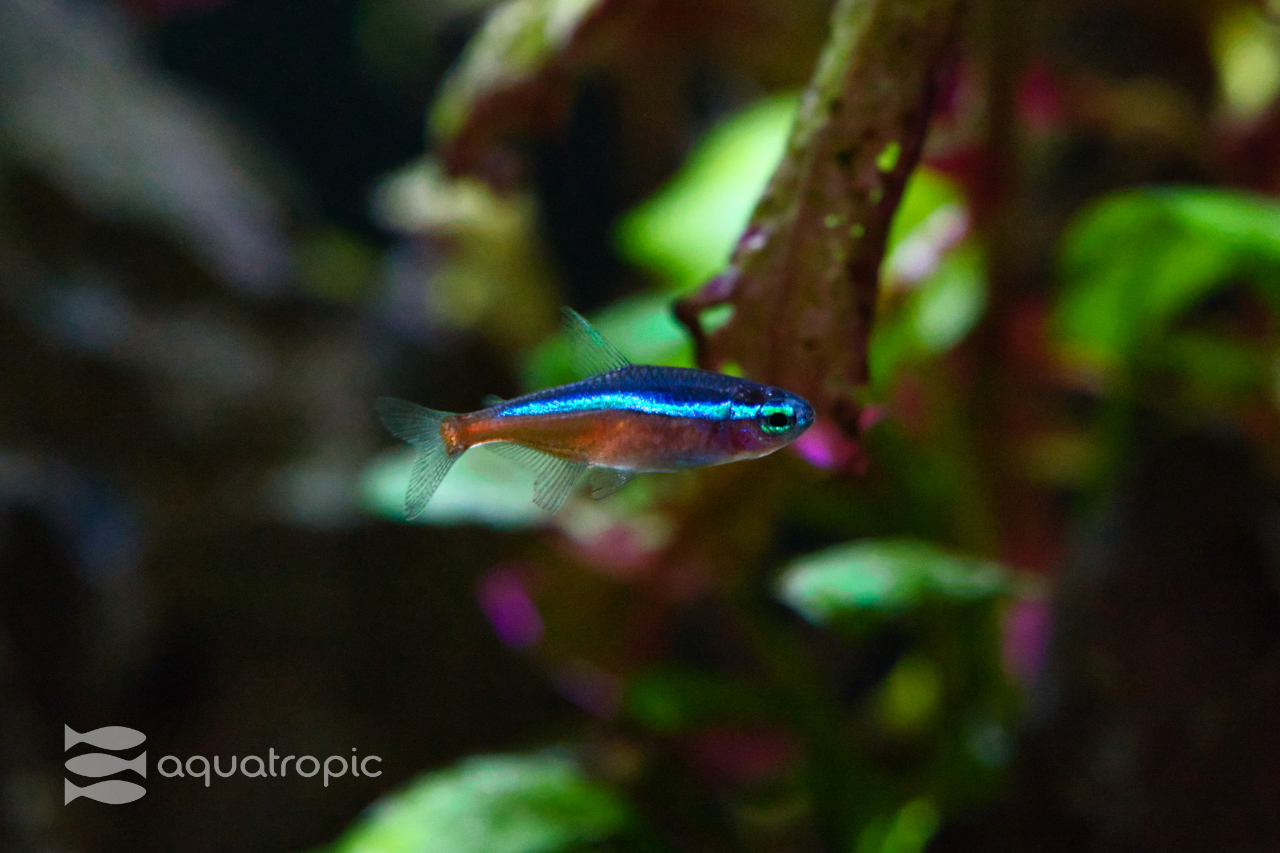
All the small Tetras make great choices for building a Betta community. Cardinals and Neons are classics who's intense coloration and high activity levels make for a great display contrast to the sedate and flowing swimming style of the Betta. Their size keeps them from stealing the show, but their intense color keeps them from fading into the back ground. They'll all appreciate the same environment, moderate pH, tropical temps and softer water. Though with both these fish, the decades of aquaculture have made them all pretty adaptable in regards to water quality.
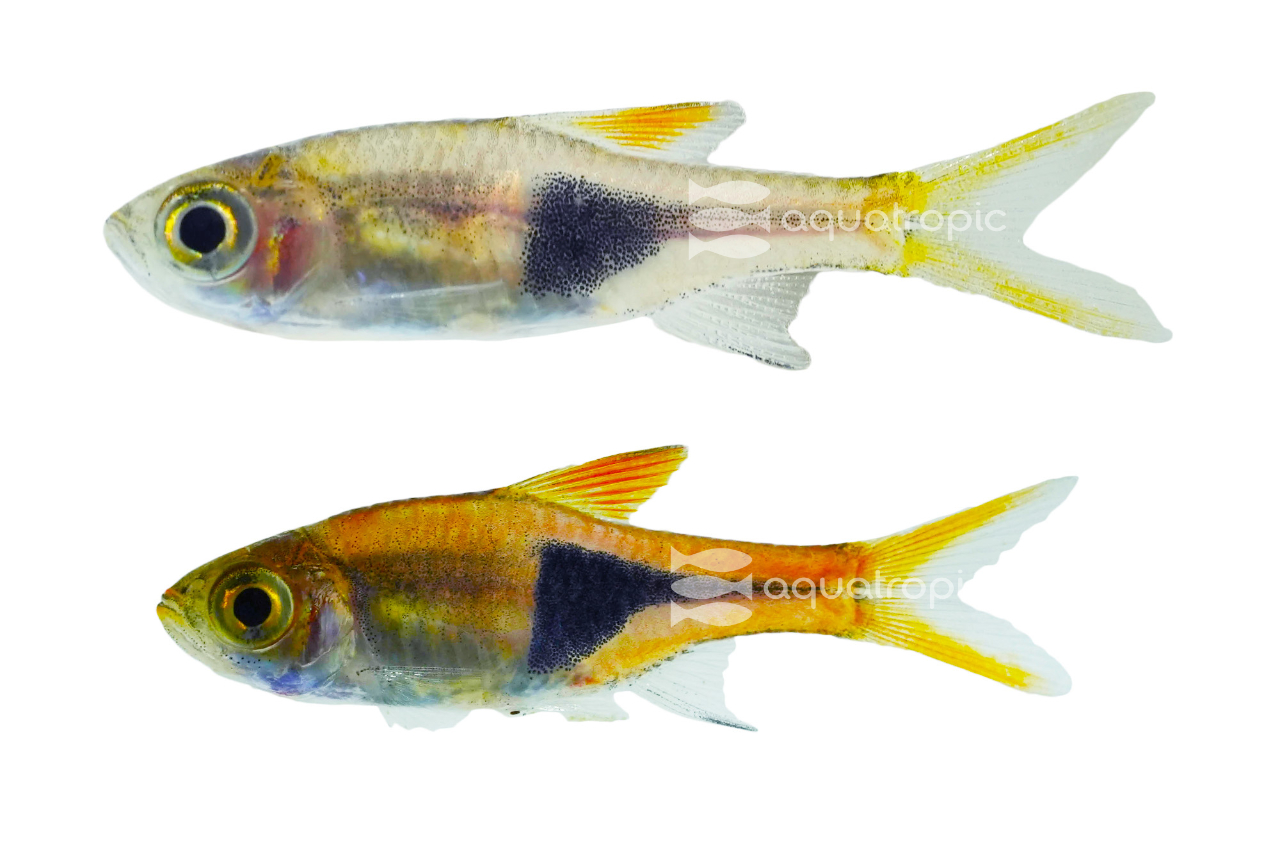
For those of you who love the idea of that size of fish in a shoal, but want the Betta to be the undisputed star colorwise, both Rummynose Tetras and Harlequin Rasboras are great choices. They stay a diminutive size, and have amazing patterns, have good color, but lack the overwhelming neon pop of the Cardinals and the Neons. It's been our experience that all these fish are going to get pretty much ignored by the Betta, and vice versa. Imagine a Male Copper Betta with a big school of Rummynose Tetras! What an awesome display that would be!
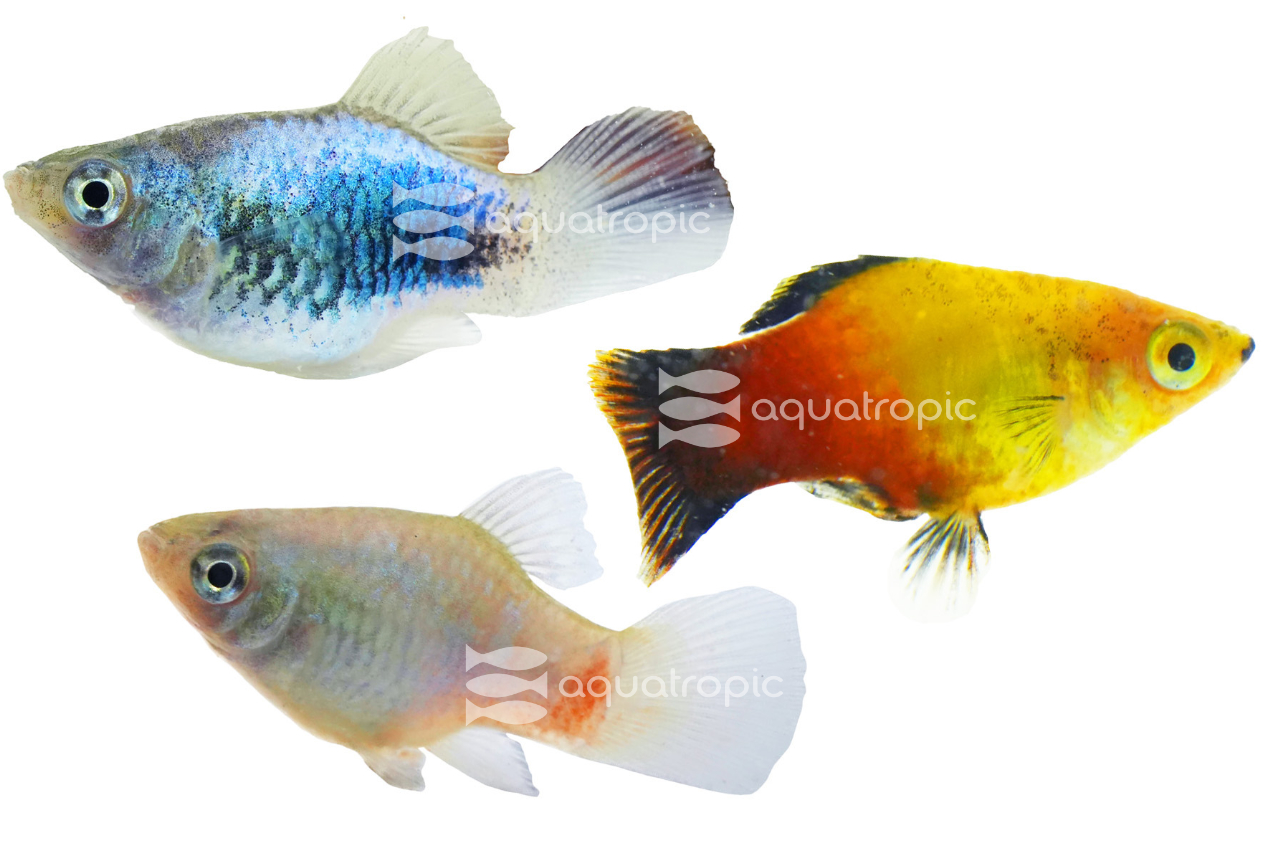
If you want something a little bigger, you could add a couple Mollies or Platies. This is another fish that is really peaceful, absurdly hardy and pretty much doesn't notice the Betta, and the Bettas leave them alone. The range of colors available in both these species offers incredible opportunity for contrast, we love the idea of adding a few Black Lyretail Mollies to a Male Snow White Dragon Betta with a school of cardinal Tetras! This is a community display that would rival a reef tank for color and activity!
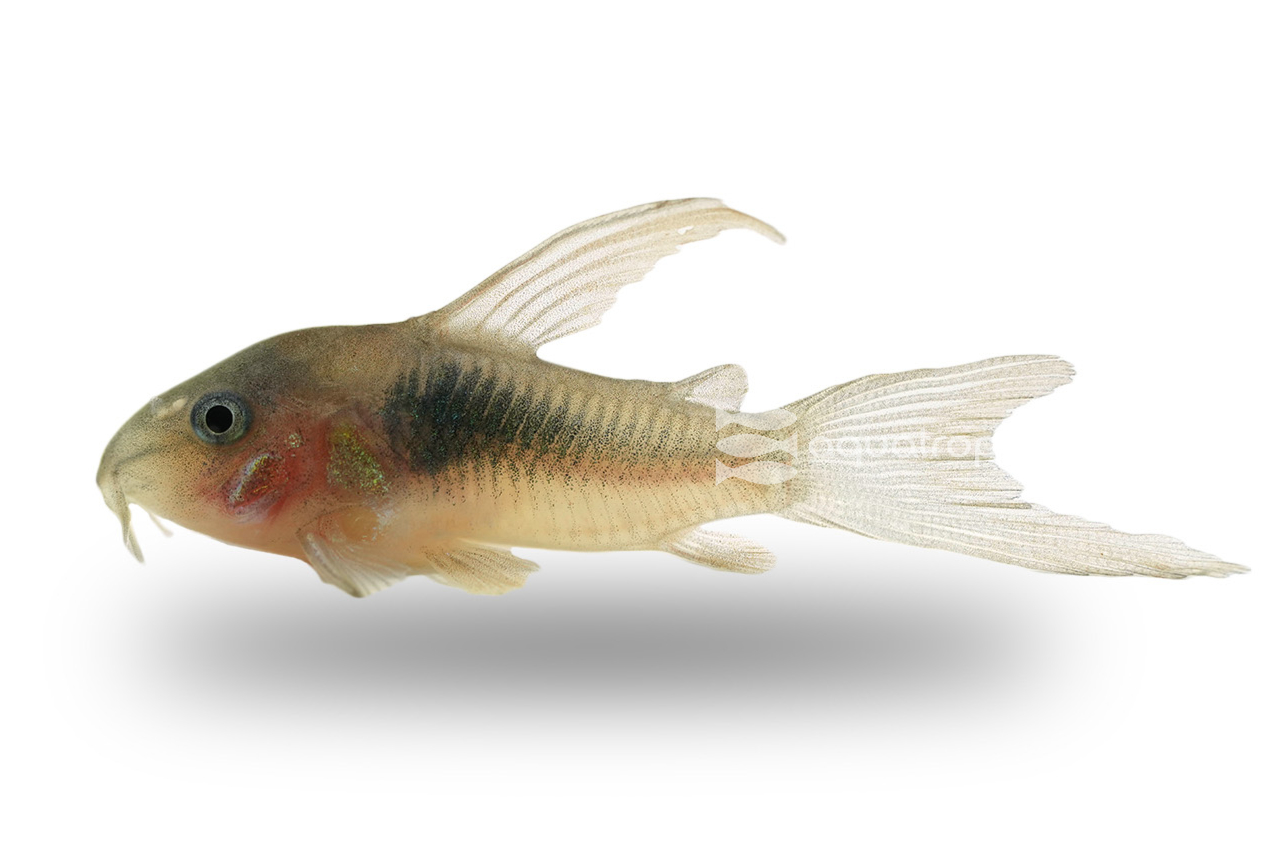
Next on the list, a Betta Community should have some bottom dwellers, and here Dwarf Corydoras and Dwarf Otocinclus get the nod from us. Both are small fish, with very cool social interactions with each other. They'll never even notice the Betta and our experience has been that the Betta won't even know they are there. These fish tend to be more organic colors, but very active and this should be a good foil for the rest of the tank that is likely to be brilliant colorwise. Both fish are the picture of hardy and will be useful in aquarium clean up. We suggest keeping either Corys or Otos in groups of at least five or six; more if you have the space.
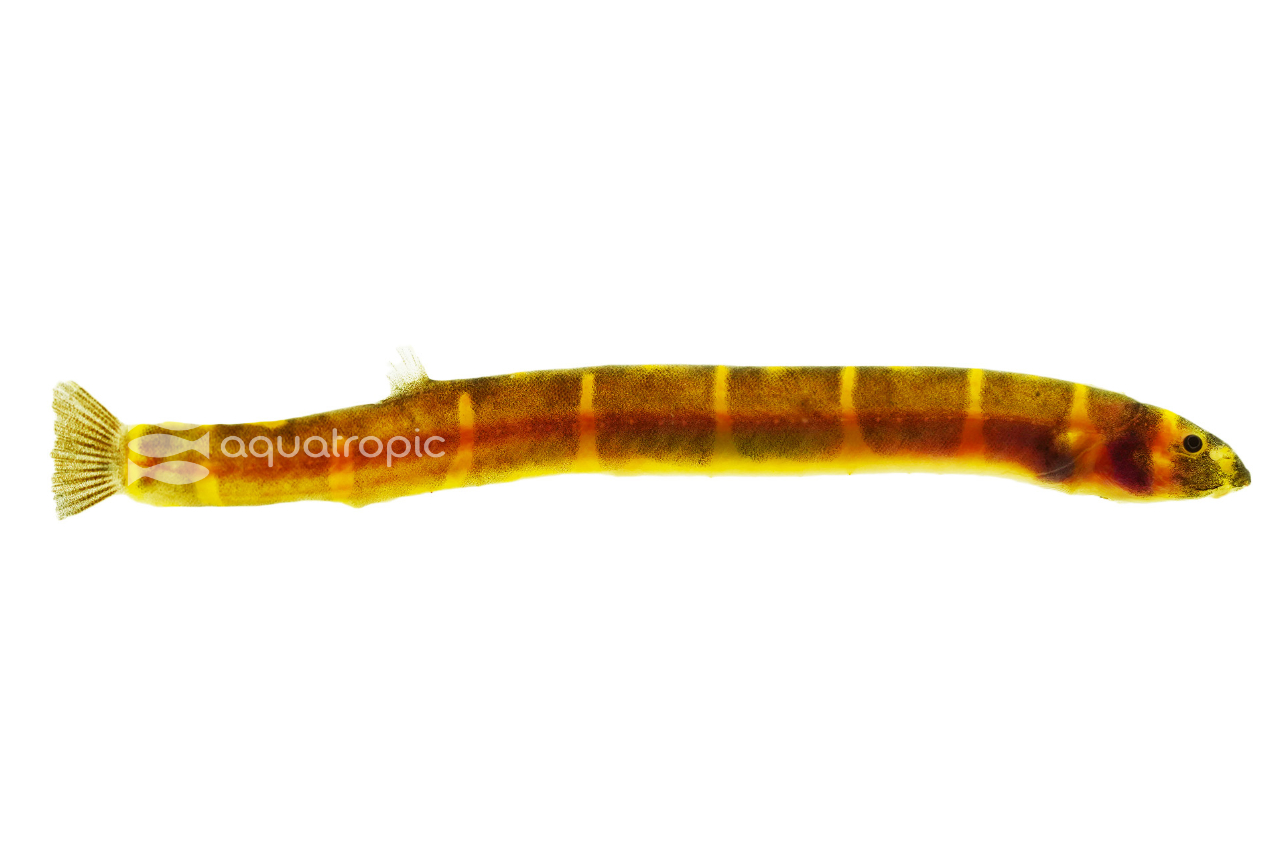
Now, if you want to add an oddball to the list, bottom dwellers like Dogo or Kuhli Loaches could both be added to a Betta Community, and are unlikely to ever be noticed by the Betta, though as both are notorious hiders, they aren't super likely to be seen by you as well unless you add multiples of them! Unlike the other fish on this list, you'll need to cover the display tightly as all of the Loaches are well known for their escape artist abilities. One could also add one of the small but ornate Plecostomus species, like a Dwarf Snowball (Hypancistrus inspector) or a Queen Arabesque (Hypancistrus sp L260). These are both stunners that will add some star power to the bottom of the tank, but they should be kept singly as they are both territorial with other plecos.
This is by no means an exhaustive list and Male Bettas will mostly ignore many other fish. Caution should always be used when adding new fish to the aquarium. Avoid adding fish that are notoriously aggressive like most cichlids, and known fin nippers like goldfish. Do not add fish that look or move like a Betta. A male Betta will be very likely to harass Fancy Guppies and Endler's Livebearers. We would also caution you not to add female Bettas to a Male Betta Tank. In large enough tanks, with copious hiding places and a large group of females this might work, but is high risk, low reward. There's a ton of great choices for making a Betta Community without having to go that route.
Pretty all these recommendations would work in a planted tank, which would make for quite an interesting environment for this show. Now it is time to start planning that Betta display and ask your LFS about the huge myriad of Bettas, Tetras, Mollies, Platies, Corys and Otos from Aquatropic that you can put together! There is a lot more to unpack under the “community” umbrella, so join us in future weeks as we dig deeper into building community in your aquarium.